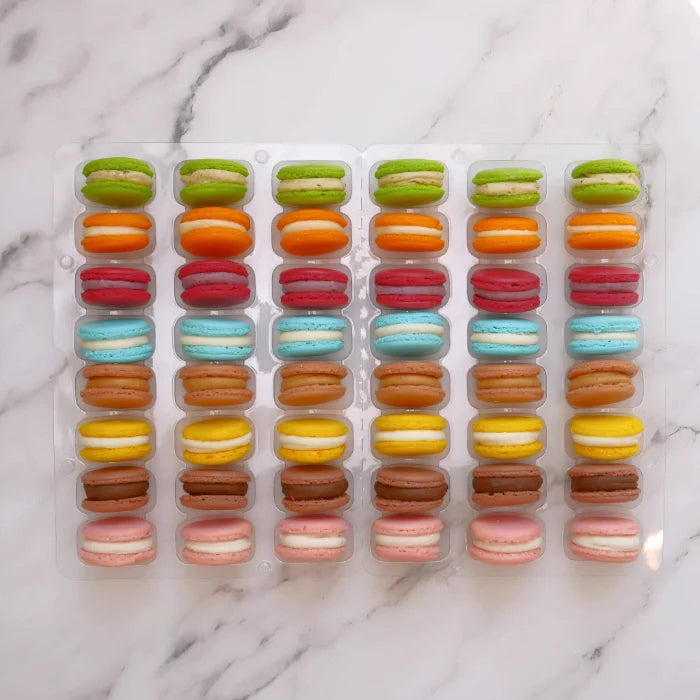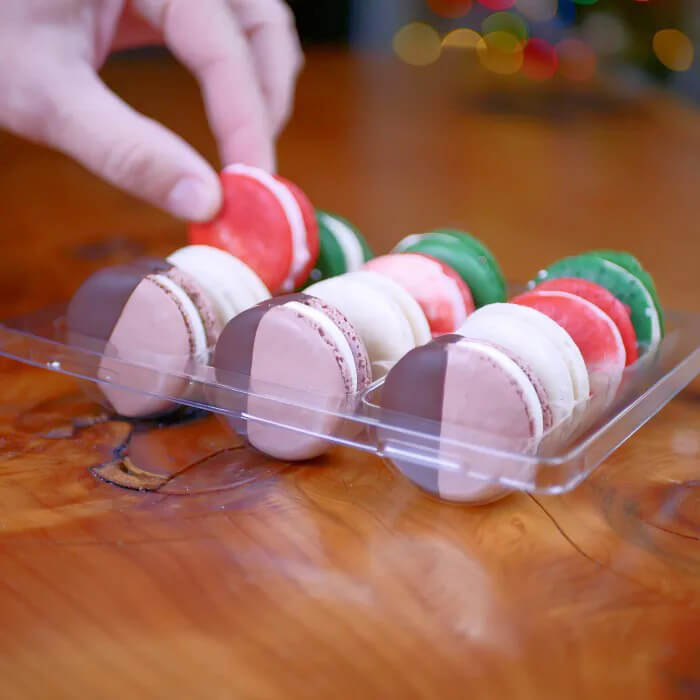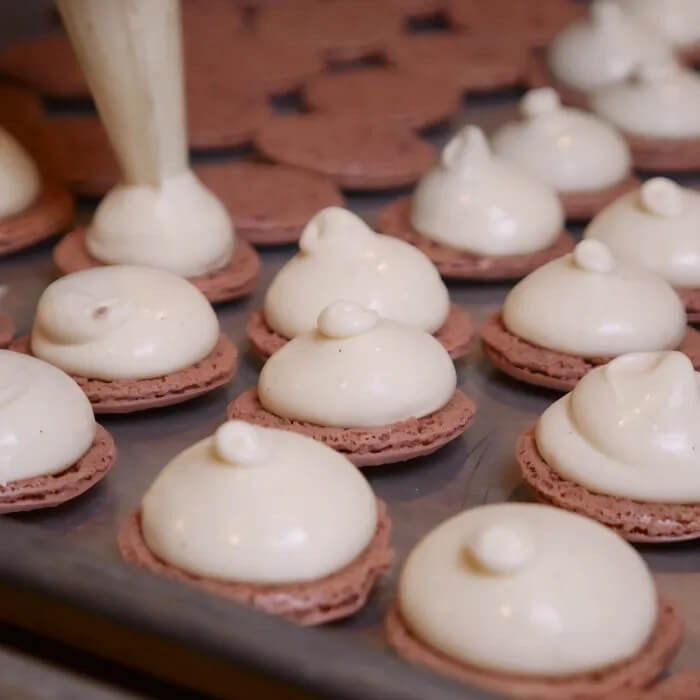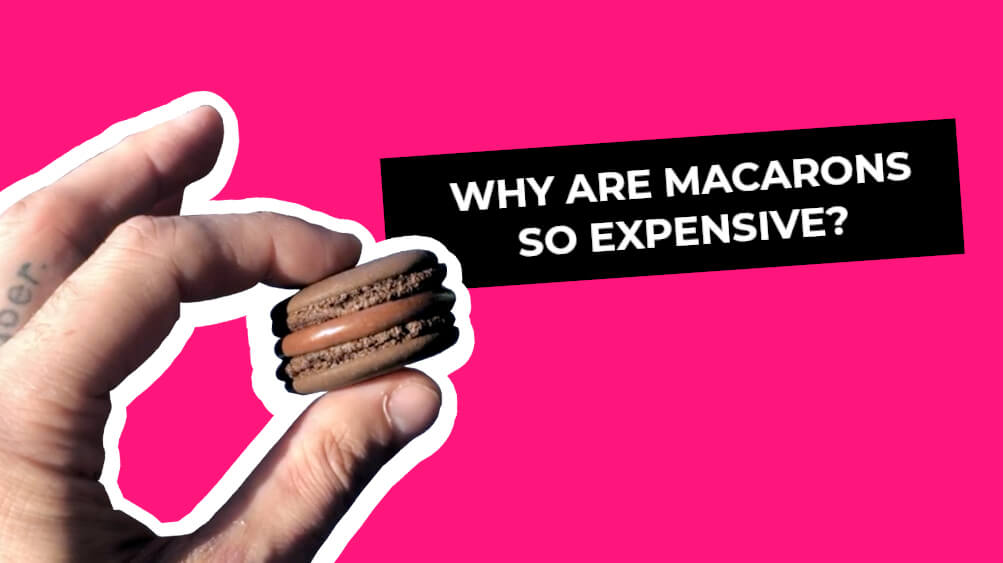Crepe pronunciation (in French)

Table of content
- Where are Crepes from?
- Crepe means a crinkly or wrinkled surface
- Crepe Pronunciation: How to pronounce Crêpe like a real French
- Crepe has a Special Day called Jour Des Crepes (Crepes Day)
- French has Two Types of Crepes and both have Two Different Names
- Gluten Free Crepes are made with Buckwheat
- There are many Options of Shapes for Crepes
- Liquor is a secret ingredient for making Crepes
- Belgians have their Unique Version of Crepe
- Ukrainian Version of Crepes has an Interesting Twist to It
- Conclusion
Crepes originated from France, are a traditional food of the French. They have become a strong part of the French culture and cuisine just as croissants.
Interestingly, some crepes restaurants are dedicated solely to preparing delicious, finger-licking crepes filled with a plethora of different fillings.
If you want to satisfy your taste buds with something delicious and healthy, the crepes are a great choice.
This post looks at some fun facts about crepes, one of the most popular delicacies in the world. By the way, crepes are a not a thinner version of pancakes. They are made with flour, butter, milk, and eggs with a variety of toppings and filling, while pancakes contain baking powder.
Do you know where Crepes are from?
The paper-thin crepes were first made in Bretagne in France during the 13th century. Just like in today’s kitchen, they were created from buckwheat. It should be noted that before the 13th century, they were created with thick dough of water and different crushed cereals to produce thick bread-like crepes.
Crepe in French and English could be traced to the old French word, “crespe” which means wavy or crispy. The “crespe” itself is derived from the Latin word “crispa” which means curly. Like its name, crepes are sometimes curly with crispy edges and a crepey textured shell.
English speakers have an issue with crepe pronunciation. They usually pronounce the word as “KR-ape” which is incorrect. The right pronunciation is “KR-ehp” where the “ê” is pronounced as a short “e” and comes with an “eh” sound. If you have had trouble on how to pronounce crepe correctly, you should know that you are not alone. Many people have the same issue. The rule of the thumb is to use your knowledge of English. Do you remember the pronunciation of the letter e in “Best”? That is the pronunciation of ê in crepe.
No doubt, crepes are eaten all year round everywhere, including France. However, it is a French tradition to eat crepes on February 2nd at the religious event and holiday of La Chandeleur, also known as jour des crepes or Candlemas. This celebration is done exactly forty days after Christmas.
Oh and by the way, February 2nd is also my birthday!
They are crepes salée (savory crepe/ salty crepe) and crepe sucré (sweet crepe). Crepe salée is made of buckwheat and served for lunch or dinner as a meal while crepe sucré is a dessert that is made with all-purpose flour.
If you have issues with digestion, including gluten allergies, you should choose crepes that are made with buckwheat as their base. With this, you would never have to worry about missing out on your favorite delicacy because of allergic reactions.
If you have a Gluten free diet, those crepes are made for you.
Contrary to popular belief, rolled-up style is not the only way to make your crepes. They can be done in various ways. Some popular shape alternatives include parcel crepe, triangle crepe, and crescent moon crepe.
At Pastreez, we decided to go with the traditional Parisian shape: Triangle.
It may interest you to know that liquor is sometimes used to form the crepe’s batter. Liquor is especially helpful in breaking down lumps in the batter and also enhances the general taste.
It is called Vôte and is made with apples and buckwheat as the main ingredients. Belgians also use beer to create a smooth batter for the crepes. They serve warm crepes with a dash of sprinkled sugar all over each piece, while the colder version is served with maple or other varieties of syrups in Belgia.
The variant of crepes eaten in Ukraine is called Blinis and it is often served with caviar. Ukrainians traditionally believe that they represent the renaissance of the sun at the end of each winter. So, the next time you are eating crepes, think of how much you are helping in the rebirth of the sun for the coming summer.
Conclusion
There you have ten fun facts about crepes! Have you ever heard of these before? Well, if you have not, now you do. Crepes are undoubtedly delicious and can serve as a main meal or snack, depending on how much you consume at a time. One of the interesting things about this delicacy is that it is very nutritious. If you are allergic to gluten, you can find a gluten-free option to delight your taste bud.

























Comments (0)
No comments yet.
Leave a comment